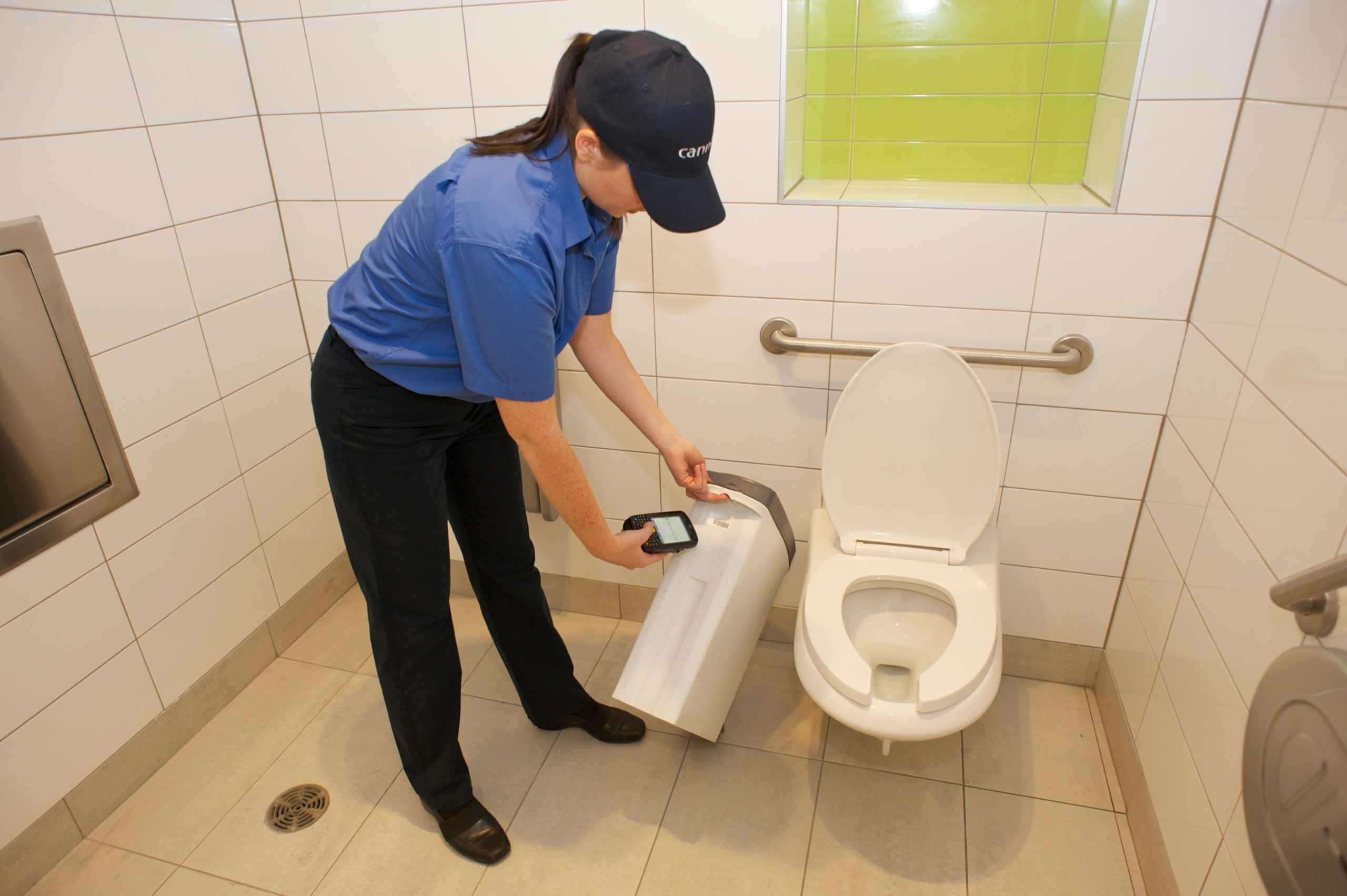Last Updated on October 15, 2022
What ADA Compliance Is:
“The Americans with Disabilities Act of 1990 (ADA) prohibits discrimination and ensures equal opportunity for persons with disabilities in employment, State and local government services, public accommodations, commercial facilities, and transportation.” The act has been updated since then, with the greatest changes being made in 2010. Any buildings newly constructed after March 15, 2012 must comply with 2010 ADA Standards for Accessible Design, and all state and local building codes must meet ADA requirements. This new addition sets “minimum requirements” both scoping and technical “for newly designed and constructed or altered State and local government facilities, public accommodations, and commercial facilities.”
Who Needs It:
According to the United States Census Bureau, approximately 1 out of 5 people have a disability. Of these 56.7 million people:
- 30.6 have mobility issues and require a cane, crutches, walker, or wheelchair.
- 19.9 million have difficulties with lifting and grasping.
- Nearly 10 million have mental disabilities, such as dementia or chronic depression.
- Almost 16 million report having hearing, vision problems.
- Millions say they have challenges completing daily activities and simply getting around.
Having proper access to a restroom is vital and one of the most basic necessities, as bathroom usage has a direct correlation to one’s wellbeing and delaying use can result in health problems. The ADA states that buildings that are commercial, open to the public, or part of state or local government must be accessible. To put it simply, every establishment needs to be equipped to serve all kinds of people.
What Can My Business Do?
The National Disability Authority (NDA) defines Universal Design as “the design and composition of an environment so that it can be accessed, understood, and used to the greatest extent possible by all people regardless of their age, size, ability or disability.” When setting up restrooms, business owners and property managers must ensure that all users, including those with disabilities, can comfortably reach fixtures and products at all times. For example, installing ADA-compliant urinals at the appropriate heights will ensure comfort to your visitors while fulfilling requirements. Some automatic appliances, such as auto flush systems, soap dispensers, faucets, and paper towel dispensers can be ADA compliant and equally versatile if they are the right size and installed accordingly. Completely eliminating touch makes these products much easier to use for those with grasping difficulties. In addition to this, most restroom users prefer no-touch appliances in the restroom, as 64% say they use their feet to push the flush lever. Providing a paper tissue dispenser by the exit will give individuals the option to protect their hands from door handle and further prevent cross-contamination. Other products that can be just as adaptable when mounted properly include:
- Sanitary disposal units
- Baby-changing tables
- Child safety seats
- Auto hand dryers
- Sanitary vending machines
Fulfilling the requirements of the ADA and the 2010 Standards is absolutely necessary for every facility. Citron Hygiene designs and installs products to meet ADA compliance, making fulfillment less complicated for businesses, even during construction or renovations. Choosing the right products and applying minimal adjustments to them can make all the difference by making all customers and employees feel welcome.
For more information on the Americans with Disabilities Act and the 2010 Standards, click here.
Related posts:
- Hygiene Tips For Your Business: Transportation
- Hygiene Tips for Your Business: Photography Studios
- Hygiene Tips for Your Business: Supermarkets
- Celebrate Earth Day in Your Business
- Hygiene Tips for Your Business: Car Dealerships
- Hygiene Tips for Your Business: Children’s Play Centers
- Citron Hygiene Announces Better Business Bureau Accreditation
- Hygiene Tips for Your Business: Airports
